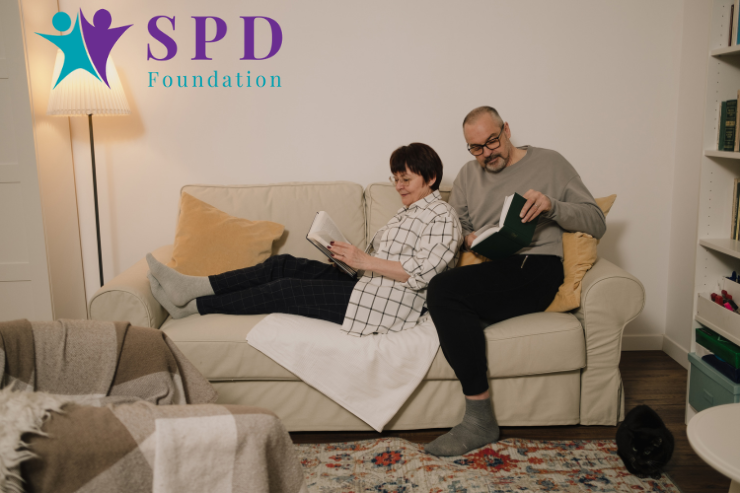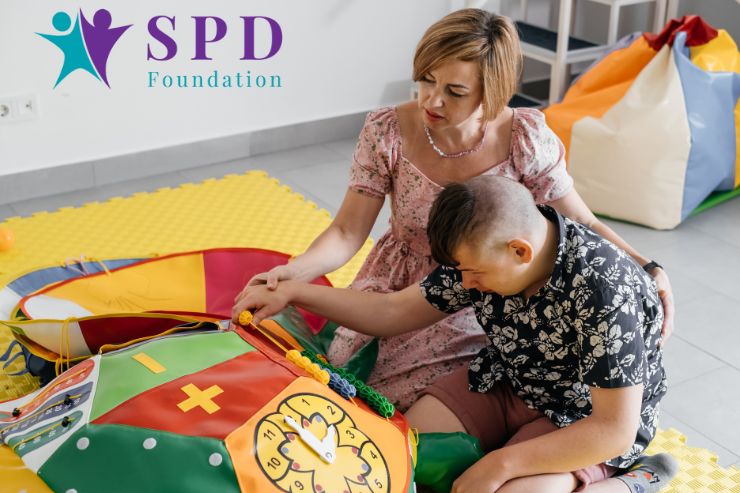Research conducted in New Haven, Connecticut, found that about 1 in 6 children aged 7 to 11 exhibited symptoms of SPD-Sensory Over-Responsivity (SPD-SOR). Earlier research identified a prevalence of 1 in 20 among younger children, suggesting that SPD is not uncommon.
Risk Factors for SPD
Research has identified several risk factors associated with SPD, which include biological, environmental, and socioeconomic factors. Biological factors encompass low birth weight (less than 2200 grams), prematurity (born before 36 weeks), and prenatal complications such as maternal illness or stress. Other notable factors include maternal use of medications, drug or alcohol consumption during pregnancy, and delivery complications, which can influence a child’s sensory processing system.
Environmental and socioeconomic factors, such as being part of an ethnic minority, single-parent household, or lower socioeconomic status, also play a role in the development of SPD. Animal studies have provided additional evidence, showing that maternal stress during pregnancy, as well as exposure to drugs, alcohol, and environmental toxins post-birth, can increase the risk of SPD.
Is SPD a Unique Disorder?

Although SPD can co-occur with other conditions like ADHD and depression, many individuals with SPD experience it as a standalone disorder. Research conducted across the U.S. shows that SPD-SOR often occurs independently, with a significant proportion of individuals showing no signs of other mental health disorders.
For example, studies found that 75% of individuals evaluated in Connecticut with SPD-SOR had no other conditions, and a Wisconsin study reported 58% of individuals with SPD-SOR were otherwise unaffected by other disorders. These findings illustrate that SPD can often present as a unique condition, distinct from other mental health issues.
Do SPD Symptoms Persist Without Treatment?
Evidence indicates that SPD-SOR symptoms often persist over time if not addressed with appropriate interventions. Children who show atypical sensory characteristics from ages 1 to 3 typically continue to experience these issues up to age 8.
Research with twins has reinforced this persistence, as 50% of twins who were over-responsive to auditory stimuli at age 2 continued to show similar reactions at age 4-5. This long-term stability underscores the importance of early diagnosis and intervention for children with SPD.
Common Challenges with SPD
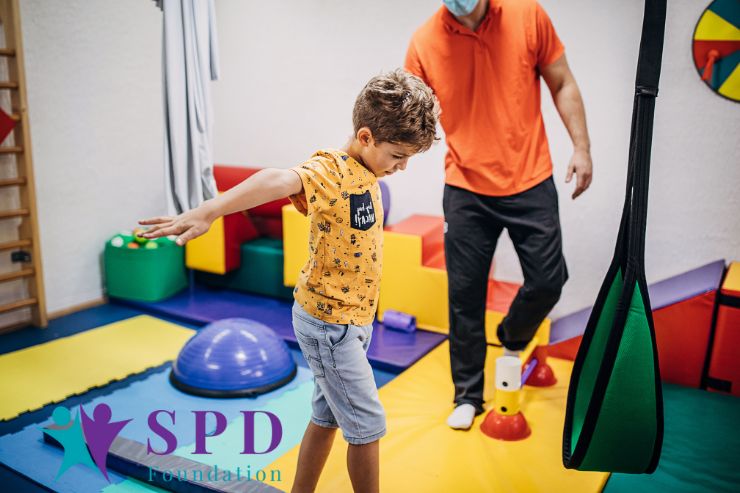
In addition to sensory processing challenges, individuals with SPD-SOR often face a range of additional difficulties. These individuals are four times more likely to experience internalizing problems like anxiety and three times more likely to face externalizing problems such as aggression.
This emotional toll impacts daily life activities, leading to reduced participation and enjoyment. Adults with SPD often face social-emotional difficulties, showing higher levels of anxiety and reduced vitality, social functioning, and overall health. These challenges can significantly impact an individual’s quality of life, making comprehensive treatment and support critical.
Physiological Evidence Differentiating SPD
Research into the physiological aspects of SPD has revealed distinct differences in how individuals with SPD-SOR respond to sensory stimuli compared to typical development or other conditions like autism and ADHD. These children often show heightened electrodermal responses and slower habituation to sensory stimuli, reflecting an increased sensitivity to sensory inputs.
Brain imaging studies further indicate increased baseline arousal and stronger reactions to sensory stimuli in children with SPD-SOR. These physiological markers help differentiate SPD from other conditions, aiding in more accurate diagnosis and understanding of the disorder.
Physiological Basis of SPD

Studies have demonstrated that children with SPD-SOR process sensory information differently in the brain compared to typically developing children. Research into multisensory integration has shown distinct patterns in how the nervous system processes sensory information, with children with SPD exhibiting less sensory gating and more variability in sensory processing.
Children with SPD have shown difficulty regulating sensitivity to changes in auditory stimuli, highlighting how their neurophysiological responses differ significantly from typical development. The reduced connectivity in the parietal regions of the brain in boys with SPD further underscores these unique neural characteristics.
Treatments for SPD
Occupational therapy has been instrumental in developing effective treatments for SPD. One of the most promising interventions is the STAR model, which emphasizes a comprehensive and intensive approach to therapy. This model includes frequent therapy sessions, parental education, and involvement from multiple disciplines such as pediatricians, psychologists, speech therapists, and occupational therapists.
The therapy prioritizes regulating arousal, fostering relationships, and integrating sensory experiences, aiming to improve social participation, self-regulation, and self-esteem. This holistic approach focuses on enhancing the overall quality of life rather than merely addressing sensory and motor functioning.
How Does SPD Affect Families?
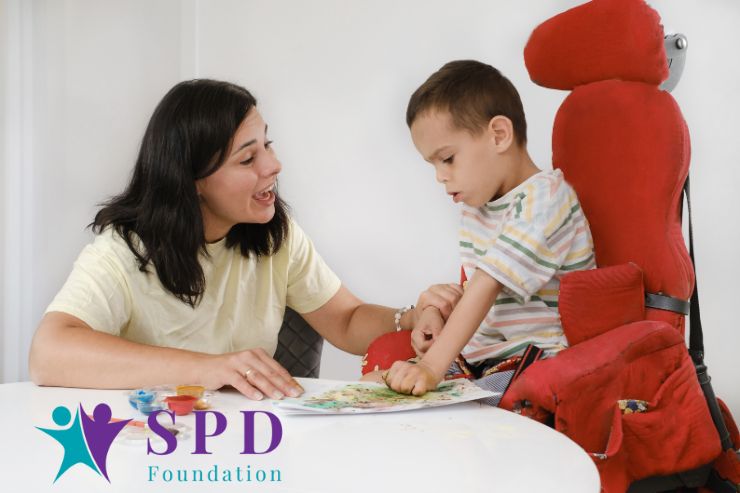
SPD not only affects the individuals diagnosed but also has a profound impact on their families. Families with children who have SPD often face reduced social interactions, as they find it challenging to visit friends or participate in community activities due to the child’s sensory sensitivities.
Parents may experience heightened levels of stress and exhaustion, often feeling less competent in their parenting roles. The condition’s impact on the family goes beyond the effects of other mental health diagnoses or socioeconomic risks, affecting the overall dynamics and well-being of the family unit.
Comorbid Disorders with SPD
Research on children with ADHD has shown that those with comorbid SPD-SOR exhibit different stress responses compared to those with only ADHD. Children with both ADHD and SPD-SOR often show increased anxiety levels. Sensory over-responsivity is linked with anxiety even in children without other diagnoses, affecting their ability to recover from sensory challenges.
Children with ASD who demonstrate sensory sensitivity or avoidance often show lower competence in activities and school performance. These overlapping characteristics illustrate how SPD can impact individuals with various neurodevelopmental disorders.
SPD Scientific Work Group Research in Progress
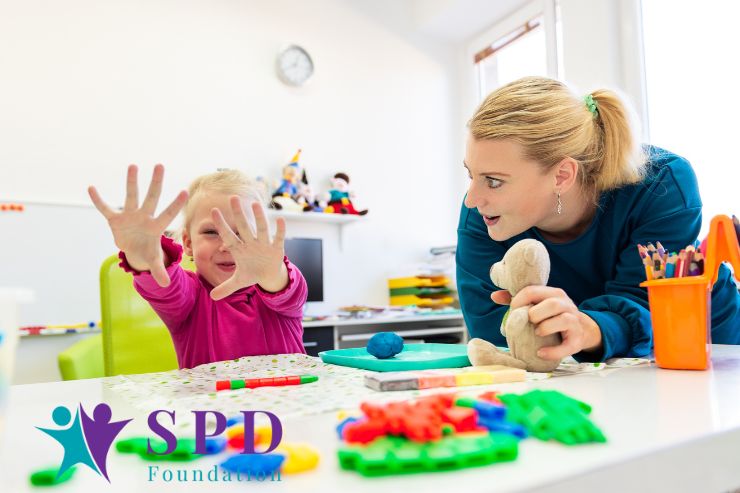
Current research efforts are focused on understanding SPD’s relationship with other conditions. Some studies are exploring subgroups of children with SPD-SOR and ADHD to understand the distinct characteristics of each condition.
Others are examining the effects of sensory-based activities on attention and performance in children with neurodevelopmental disorders. By enhancing our understanding of SPD and its connections to other conditions, researchers aim to develop more targeted interventions and improve outcomes for those affected by sensory processing challenges.






